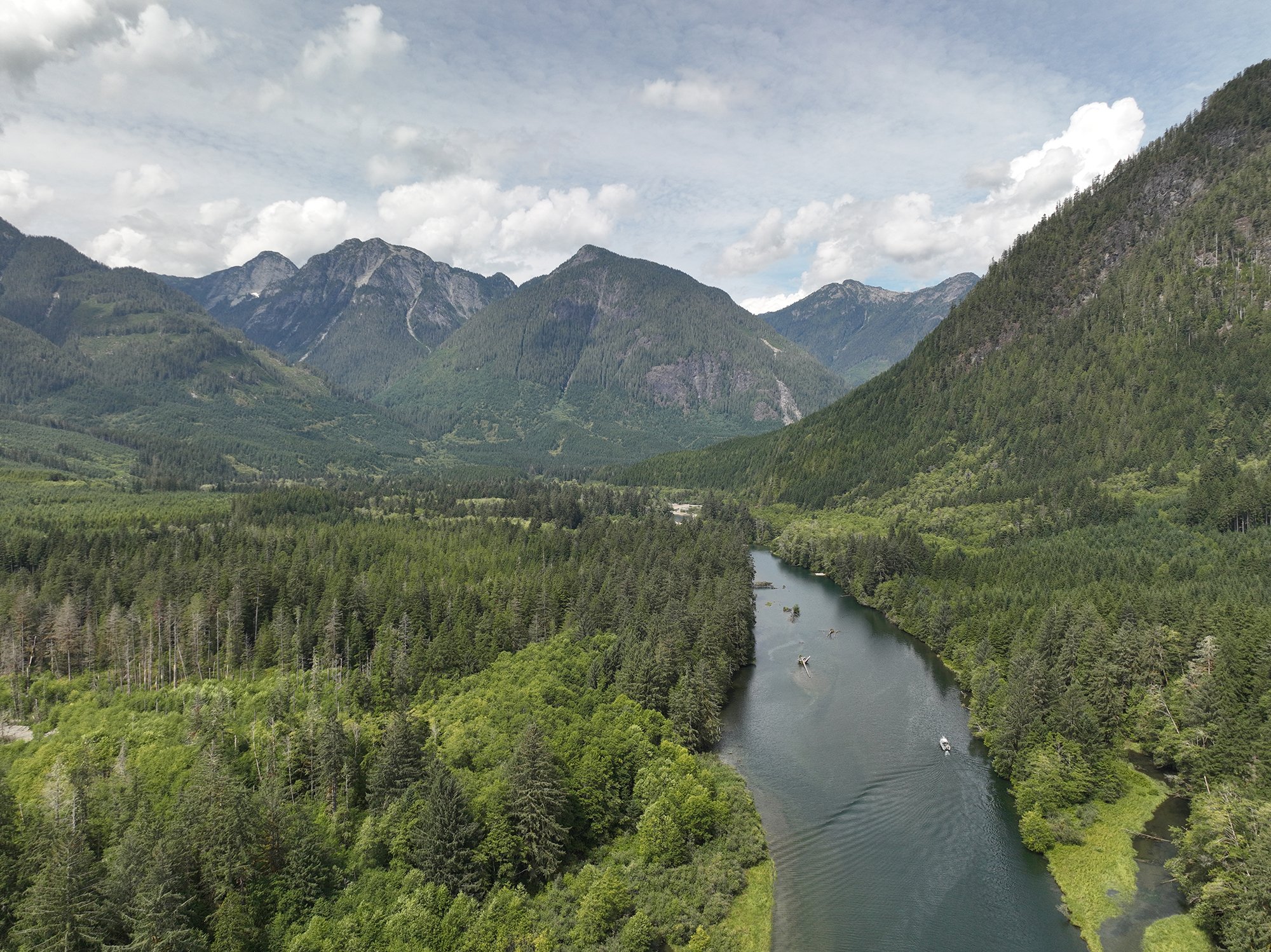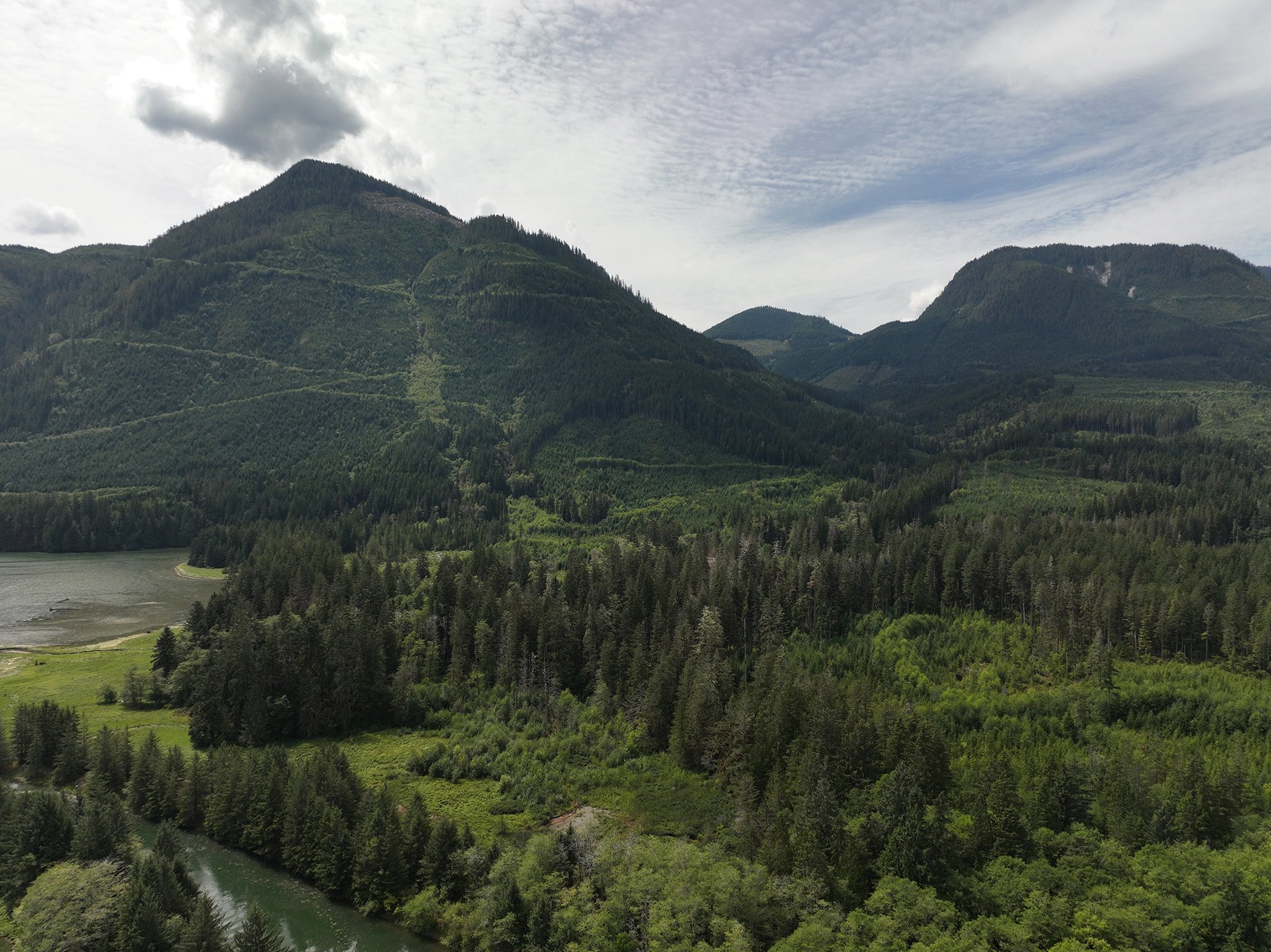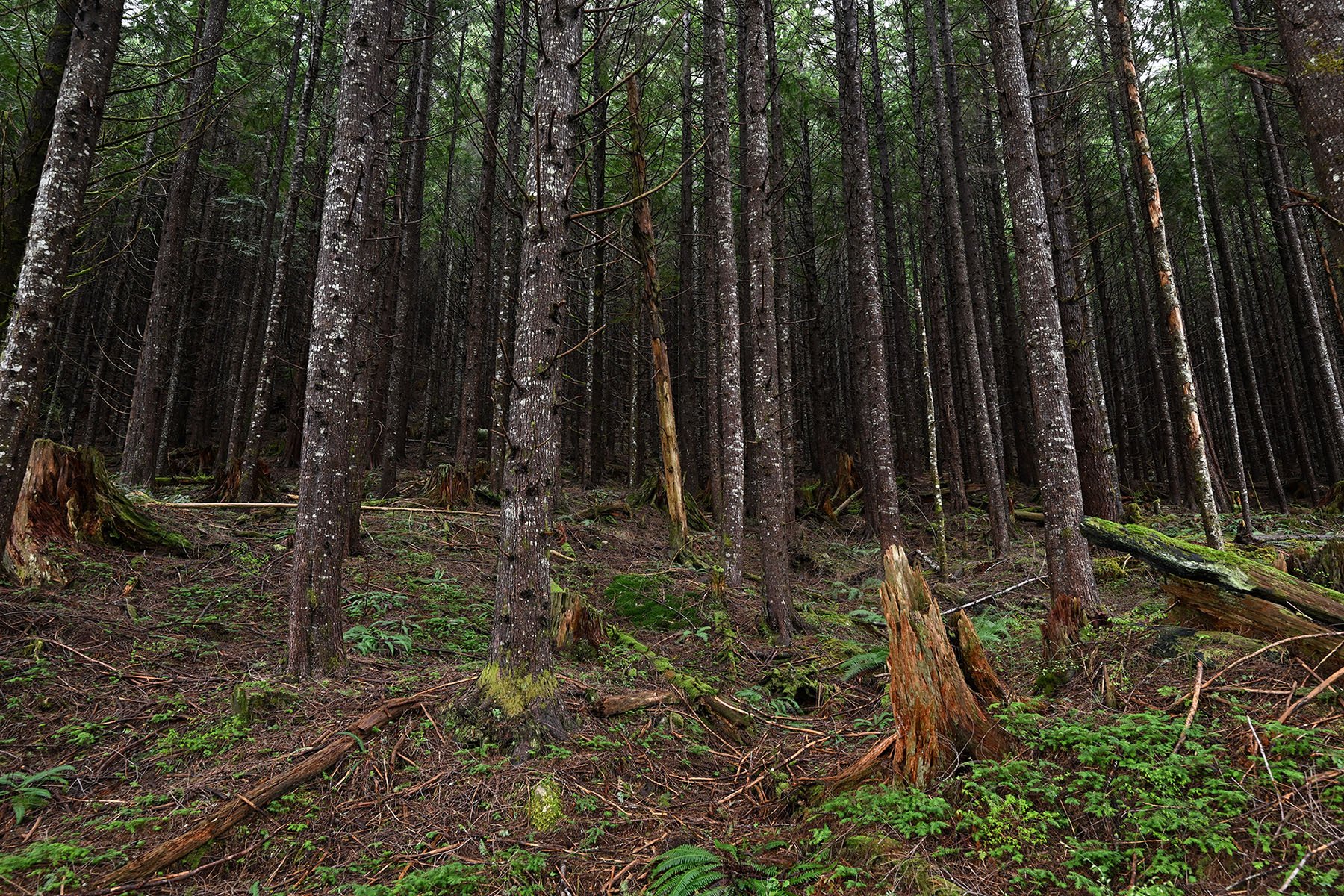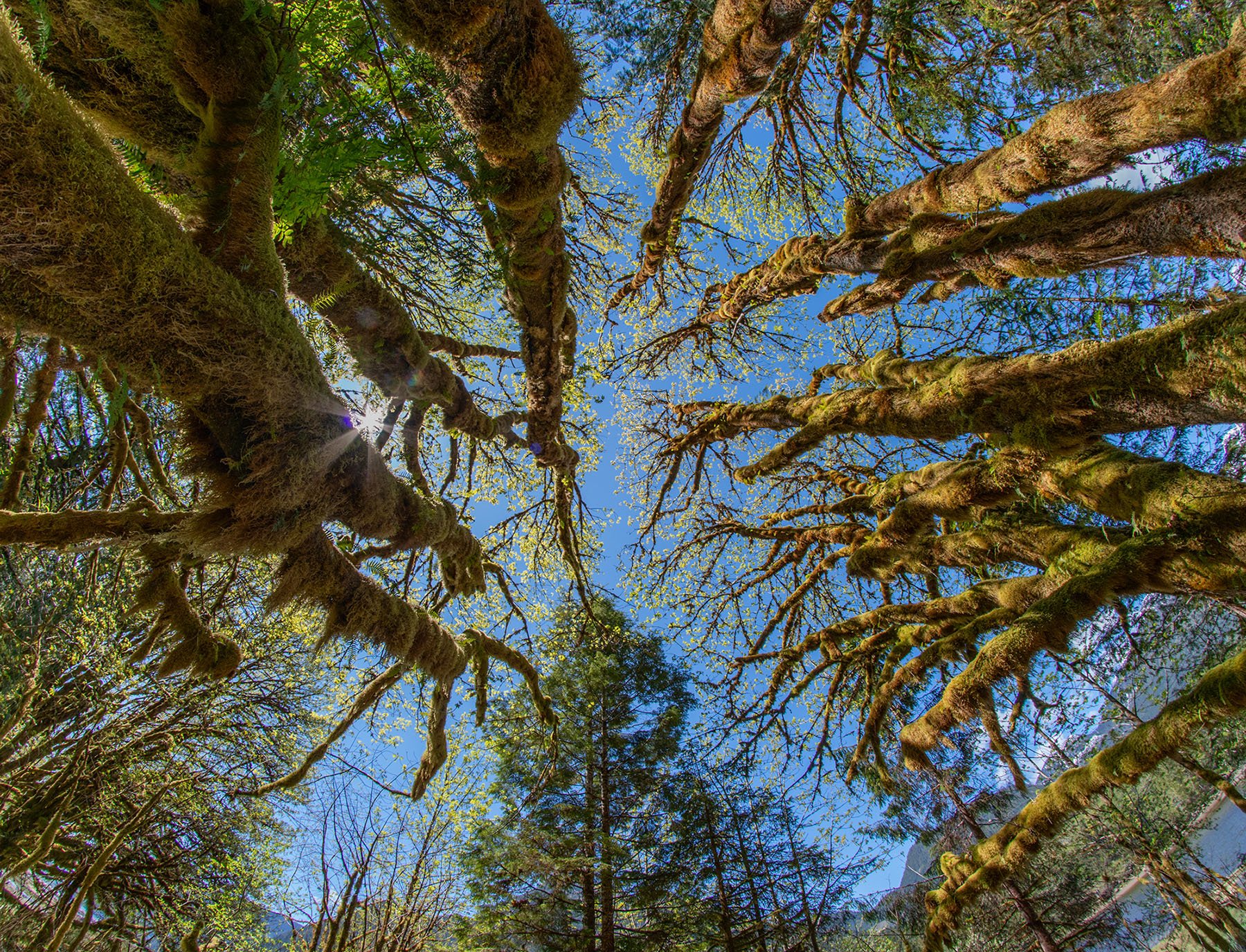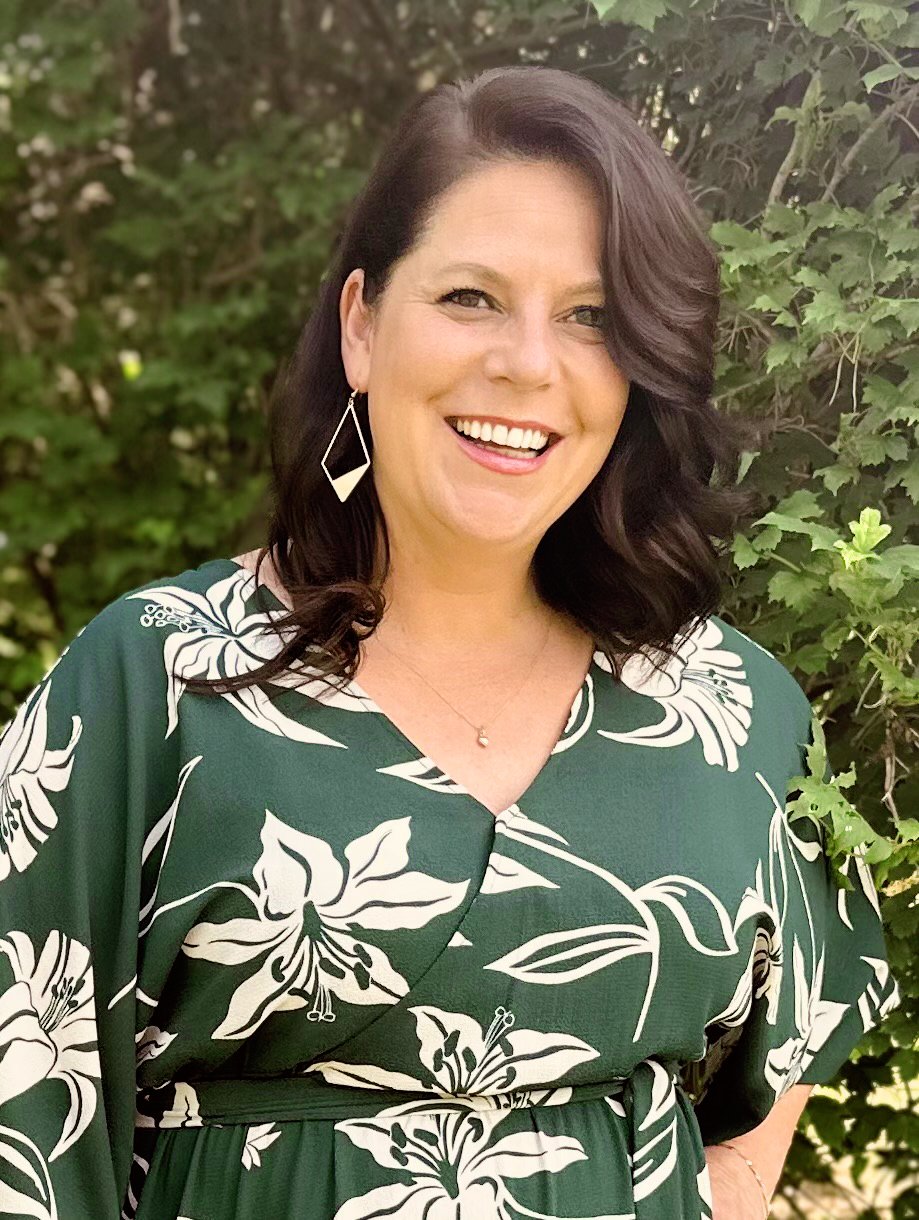Our Lands
Our lands span across several misty and mild islands along western British Columbia, near Phillips Arm (an hour’s boat ride away from Campbell River). Past, present, and forever, we are the original and rightful stewards of these places, including our coastal rainforests, old growth forests, watersheds, and mountains.
These are the places we cared for our berry patches, clover beds, silverweed gardens, cedar trees, and the animals we lived among—and in turn, they, too, cared for us and nourished our Kwiakah ancestors. A few of the many animals that live on our territory today are:
tÃï≈Ça'yi (black bears), nən (grizzly bears), cougars, and wolves
Roosevelt elk, deer, məlx̌ƛu (mountain goats), and other ungulates
Bald eagles and sandhill cranes
Several at-risk species, including types of bats and birds
Today, we see it as our duty to carefully manage our lands with maya'xa̱la (respect) and in a way that stewards high biodiversity on our territory and keeps carbon in the soil and in our trees to slow climate change.
To that end, we have a small team of Forest Keepers on the ground continually researching, monitoring, and restoring our land—especially the parts of our ʔiʔaƛ̓i (forests) that were logged without permission and damaged over decades by others.
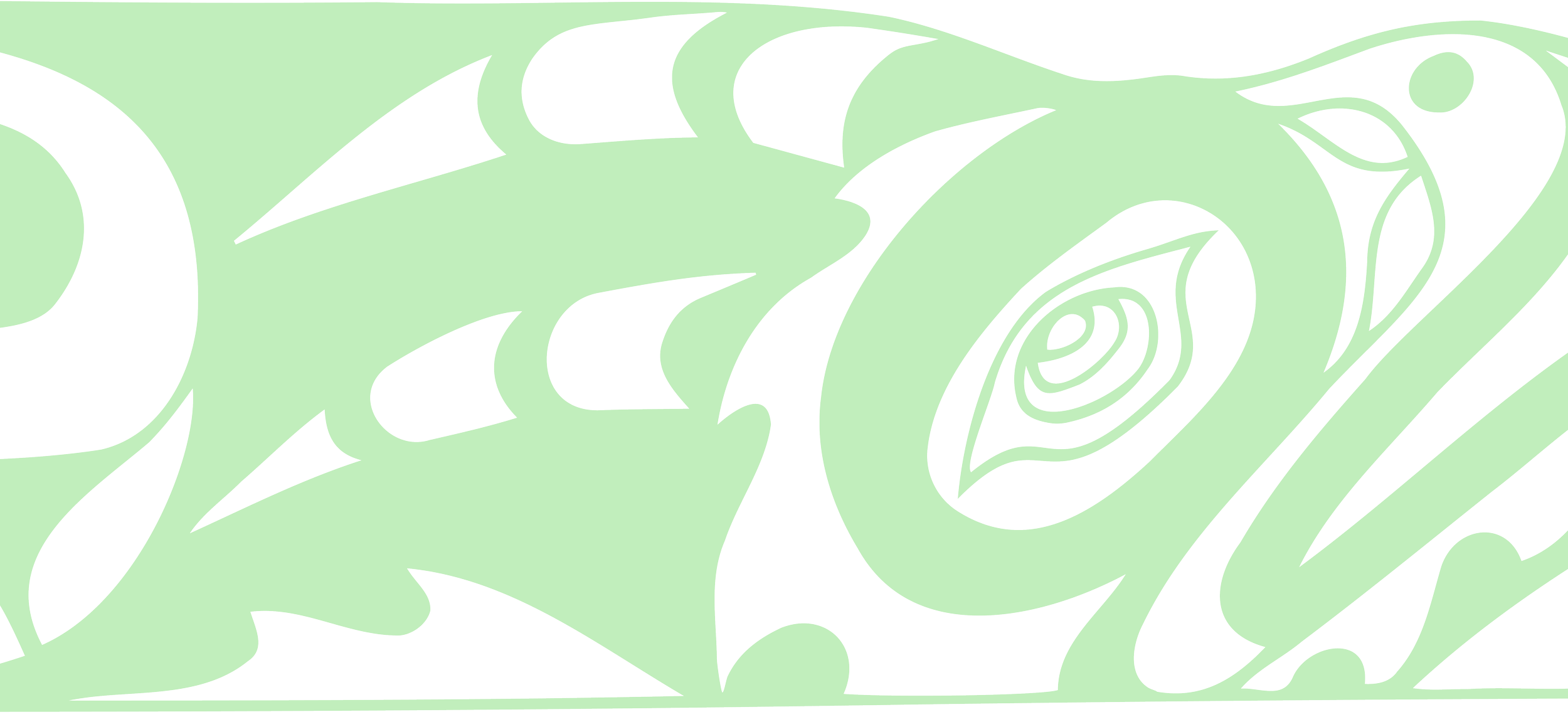
Tara Morrow, Assistant Lands Manager
“As soon as I enter our territory, I feel an immense sense of belonging, something I don’t feel anywhere else in the world.
I feel in my soul an instant connection to our ancestors, and I feel the history, the power, and the protection of the land.”
Regenerative forestry
One pillar of our budding conservation economy is regenerative forestry. This is a holistic and science-backed approach to forestry that will encourage the development of old growth characteristics in logged forests, protect remaining old growth forest patches, and create jobs in our territory that help heal our land. From purchasing tree farm licenses and converting them to “living tree” tenures to piloting a forestry research program, we are already working hard to bring our vision of a fruitful stewardship economy to life.
Our trees are more important to us than ever—not only are they sacred, but trees in coastal British Columbia store the highest amount of plant carbon compared to other landscapes.
With that sentiment, we also founded Kwaxala, derived from a word meaning “forest, lots of trees” in Kwak'wala, the family our language belongs to. Kwaxala is an Indigenous-led nature regeneration cooperative where we take at-risk forests, legally protect them, and return them to their ancestral guardians as profitable living forests. By selling Indigenous-originated, nature-based carbon offsets for these areas, we can step away from extraction by generating profits from ecosystem services that instead sequester carbon, protect biodiversity, clean our water, and purify our air.
Grizzly Bears and Kwiakah
Since we can remember, our people have had a deep relationship with nən (grizzly bears) on our territory, especially in the Phillips River watershed where salmon nourished the bears there for thousands of years.
As one of our first eco-tourism ventures on our territory in the early 2000’s, we found creative ways to fund our project to build state-of-the-art viewing platforms, where visitors could come to our territory to see tÃï≈Ça'yi (black bears) and nən without disturbing them. Today, these platforms still stand, and through our partnership with Sonora Resort (a high-end luxury eco-resort) and their wonderful and knowledgeable guides (who we trained), we are about to offer unique nature experiences to visitors from across the world.
Sonora Resort, the world renowned resort and conference centre on Sonora Island, was chosen by the Kwiakah First Nation as a partner for the tourism operation and together they offer a unique nature experience to tourists from all over the world. The Sonora Resort guides are very experienced and knowledgeable in matters of biology and history of the land and they have worked with Kwiakah members to learn about the nation's rich culture and history.
At last count in a DNA population study in 2018, there were only 15 nən and 2 tÃï≈Ça'yi left in Phillips Arm. However, we are seeing a resurgence of a few salmon species in our waters, which we hope will invite more bears back to our shared home. This project was the catalyst for much of the work we’ve done in our forests since then.
